Sometimes, things need repeating. Exercise, exercise, exercise, ………
I have previously stated exercise is the most underrated and under-utilised multiple sclerosis disease-modifying therapy (DMT) we have. So why is regular exercise not part of the standard MS care package?
Please see:
I am always surprised how people with MS (pwMS) often think that they get enough exercise by simply walking their dogs a few times a week. Similarly, some pwMS believe that doing a session of weight training a few times a week is sufficient exercise.
A patient criticised me for suggesting she do HIIT (high-intensity interval training). She registered for a HIIT session at her local gym and had to stop after 3 minutes. She said my recommendation was ridiculous, considering her physical state. The problem is she was doing a HIIT class with a group of very fit people. HIIT is not about an exercise class but the type of exercise and the physiological stimulus it gives to the body that results in metabolic reprogramming. In other words, HIIT has to be personalised. Simply climbing a flight of stairs may be HIIT for one person.
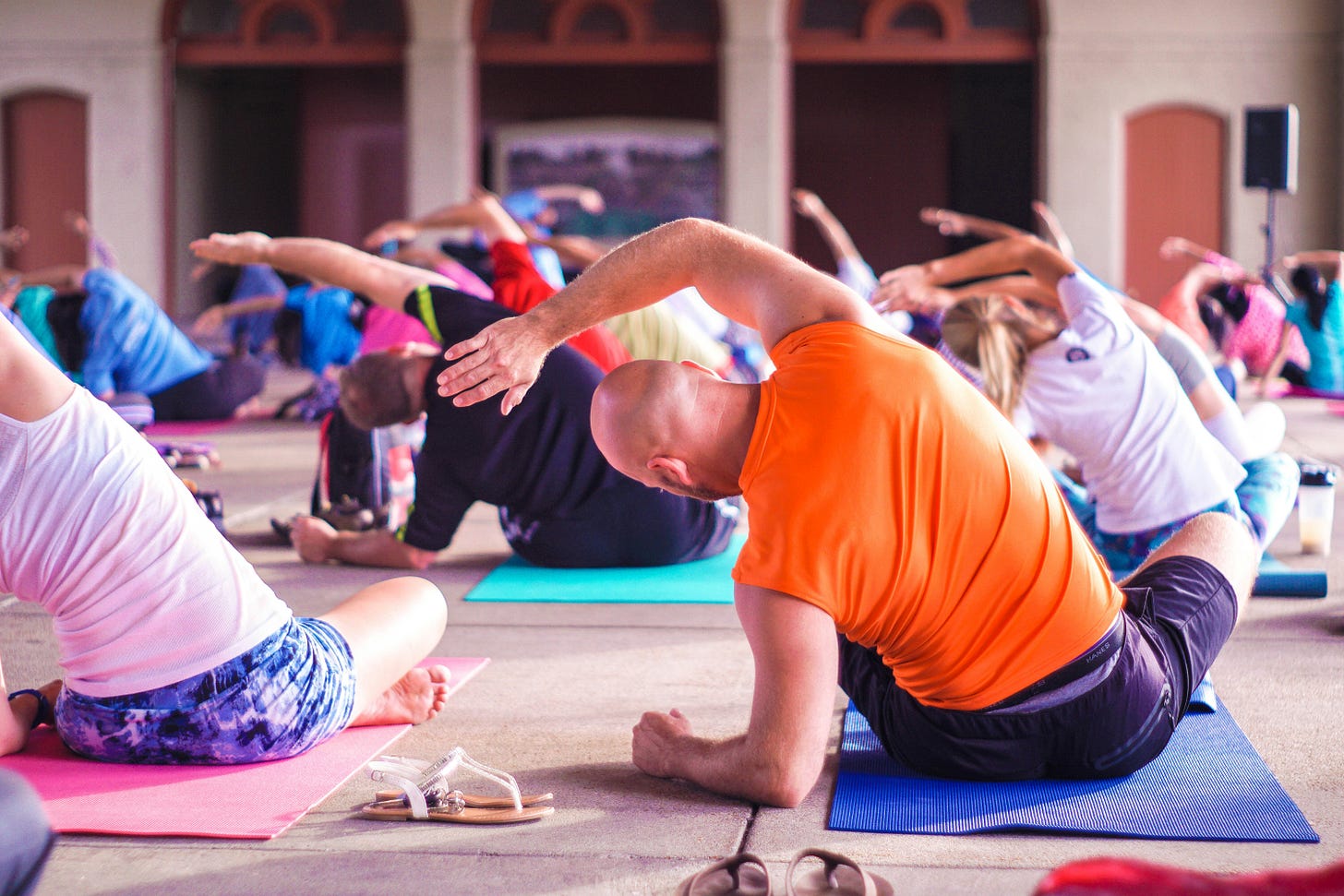
What is HIIT?
HIIT is an exercise alternating between short bursts of intense activity and fixed periods of less intense or complete rest. It is a cardiovascular exercise strategy that combines short, intense bursts of anaerobic exercise with less intense recovery periods. It has been shown to improve metabolic health and cardiovascular fitness faster than traditional steady-state workouts.
The key features of HIIT are:
Short Duration: workouts usually last between 10 to 30 minutes. E.g. 3 x 5 minutes ( 1 minute high-intensity & 4 minutes of low intensity exercise) = 15 minutes
High Intensity: exercise periods involve maximal or close to maximal effort.
Variable Intervals: alternating between high-intensity periods and low-intensity recovery periods.
Versatility: can incorporate running, cycling, rowing, or body-weight exercises.
A sports physiologist told me that you need to raise your heart rate to above 90% of the predicted maximum heart rate to be confident that the intensity of HIIT is sufficient. In comparison, with moderate-intensity exercise, your heart rate is typically 60-80% of the predicted maximal heart rate and with low-intensity exercise, it is below 60% HRmax. You can use the following formula to calculate your predicted maximal heart rate.
The age-predicted maximum heart rate (HRmax) = 220 - age (yrs)
There is evidence in pwMS that HIIT is superior to moderate-intensity aerobic exercise (see paper 1 below), which is why I recommend it. However, HIIT is not enough. You should also make the time for weight training. Weight training helps prevent the loss of muscle mass, is good for bone health, and has other health benefits in the future. I was impressed with the results of a study that has just been published in well-functioning older adults at retirement age (paper 2 below). One year of heavy resistance training may induce long-lasting beneficial effects by preserving muscle function. These results will likely apply to pwMS regardless of age.
If you have the time and physical capacity, try to do low—to moderate-intensity exercise as well. For me, it provides an opportunity to switch off, i.e., a form of mindfulness. If I don’t get regular aerobic exercise (3-4 times a week), my mood drops, I start to feel lethargic, and I don’t sleep as well. Many people with MS tell me that they are simply too tired to exercise. My response is that lack of exercise tends to worsen fatigue due to deconditioning, which is why most MS fatigue management programs include graded exercise. If exercise exhausts you, try to do it last thing in the day. When it comes to low to moderate-intensity exercise, there is no point in reinventing the wheel I simply recommend the WHO or American Heart Association Recommendations for Physical Activity in Adults and Kids.
Below are the levels of physical activity that WHO recommends for people of different ages to undertake.
Children and adolescents aged 5-17 years
Should do at least 60 minutes of moderate to vigorous-intensity physical activity daily.
Physical activity of amounts more than 60 minutes daily provides additional health benefits.
It should include activities that strengthen muscles and bones at least three times per week.
Adults aged 18–64 years
Should do at least 150 minutes of moderate-intensity physical activity throughout the week, or do at least 75 minutes of vigorous-intensity physical activity, or an equivalent combination of both.
Adults should increase their moderate-intensity physical activity to 300 minutes per week or equivalent for additional health benefits.
Muscle-strengthening activities should be done involving major muscle groups on two or more days a week.
Adults aged 65 years and above
Should do at least 150 minutes of moderate-intensity physical activity throughout the week, or at least 75 minutes of vigorous-intensity physical activity, or an equivalent combination of both.
For additional health benefits, they should increase moderate-intensity physical activity to 300 minutes per week or equivalent.
Those with poor mobility should perform physical activity three or more days per week to enhance balance and prevent falls.
Muscle-strengthening activities should involve major muscle groups two or more days a week.
Social Health
Exercise can also address social health, which is another unmet need in pwMS. If you join a gym or an exercise group, you can meet other people and interact with them. I have little doubt this is one of the other benefits of exercise: It gets pwMS to interact with other people and addresses the problems of loneliness and social isolation.
Case study
Recently, I did a telephone follow-up consultation with a patient who is a wheelchair user (EDSS 7.0). He opened the consultation by stating that he feels rejuvenated since a local charity had bought him an arm bike. He now does 30-60 minutes of upper limb aerobic exercise 5-6 times per week, and it has improved almost all of his MS problems. He has lost weight, improved his mood, and is sleeping better. Remarkably, he has managed to dispose of his CPAP mask for his obstructive sleep apnoea. He also enrolled in an online course on ancient Greece, something he had wanted to do for many years, even before he developed MS. He is also arranging a late summer cruise in the Mediterranean with his wife with the aim of visiting several historical sites in Greece and the Greek islands. This man has regained his joie de vivre because of the magic of exercise.
If exercise has transformed your life, please let us know. If you are not exercising, you need to start. If you need help figuring out how to start, please ask to be referred to a physiotherapist who can design a bespoke programme for you.
In conclusion, exercise is the most underrated and under-utilised MS disease-modifying therapy, which is why everybody who has MS should be doing it.
Paper 1
Objective: To examine acute (single-bout) and training effects of high-intensity interval training (HIIT) vs standard exercise therapy (moderate continuous training [MCT]) on plasma neurofilament light chain (pNfL) and kynurenine (KYN) pathway of tryptophan degradation metabolites in persons with multiple sclerosis (pwMS).
Methods: Sixty-nine pwMS (Expanded Disability Status Scale score 3.0-6.0) were randomly assigned to a HIIT or an MCT group. Changes in pNfL and KYN pathway metabolites measured in blood plasma were assessed before, after, and 3 hours after the first training session as well as after the 3-week training intervention.
Results: Acute exercise reduced pNfL and increased the KYN pathway flux toward the neuroprotective kynurenic acid (KA). Changes in pNfL correlated positively with changes in KA and negatively with the quinolinic acid-to-KA ratio. HIIT consistently led to greater effects than MCT. Following the 3-week training intervention, the KYN pathway was activated in HIIT compared with MCT.
Conclusion: Future studies and clinical assessments of pNfL should consider acute exercise as confounding factor for measurement reliability. Moreover, exercise-induced KYN pathway rerouting might mediate neuroprotection, potentially underlying the benefits in rehabilitation for pwMS.
Classification of evidence: This study provides Class II evidence that acute HIIT diminishes pNfL and increases KA levels, and 3 weeks of HIIT activate the KYN pathway in pwMS.
Trial registration information: Clinical trial registration number: NCT03652519.
Paper 2
Objectives: Muscle function and size decline with age, but long-term effects of resistance training in older adults are largely unknown. Here, we explored the long-lasting (3 years) effects of 1 year of supervised resistance training with heavy loads.
Methods: The LIve active Successful Ageing (LISA) study was a parallel group randomised controlled trial at a university hospital in Denmark. Older adults (n=451) at retirement age were randomised to 1 year of heavy resistance training (HRT), moderate-intensity training (MIT) or a non-exercising control group (CON). Primary outcome measure was leg extensor power. Secondary outcomes included maximal isometric quadriceps torque (isometric leg strength) and body composition (dual-energy X-ray absorptiometry (DXA)). Participants completed test procedures at baseline, following the 1-year intervention, and 2 and 4 years post study start.
Results: At the 4-year assessment, 369 participants attended (mean age=71 years, 61% women). The main finding was that across all four time points, there was a significant group×time interaction in isometric leg strength (F6,1049=8.607, p<0.001, Embedded Image=0.05). Individuals in HRT maintained baseline performance in isometric leg strength (Baseline: 149.7±51.5 Nm, 4 years: 151.5±51.1 Nm, t(1050)=1.005, p=1.00) while participants in CON and MIT decreased.
Conclusion: In well-functioning older adults at retirement age, 1 year of HRT may induce long-lasting beneficial effects by preserving muscle function.
Trial registration number NCT02123641.
Subscriptions and donations
MS-Selfie newsletters and access to the MS-Selfie microsite are free. In comparison, weekly off-topic Q&A sessions are restricted to paying subscribers. Subscriptions are being used to run and maintain the MS Selfie microsite, as I don’t have time to do it myself. If people want to ask questions unrelated to the Newsletters or Podcasts, you must be a paying subscriber. If you can’t afford to become a paying subscriber, please email a request for a complimentary subscription (ms-selfie@giovannoni.net).
Important Links
X (Twitter) / LinkedIn / Medium
General Disclaimer
Please note that the opinions expressed here are those of Professor Giovannoni and do not necessarily reflect the positions of Queen Mary University of London or Barts Health NHS Trust. The advice is intended as general and should not be interpreted as personal clinical advice. If you have problems, please tell your healthcare professional, who will be able to help you.






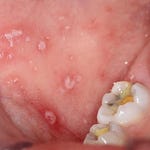
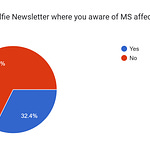

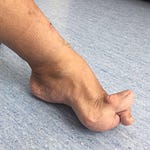
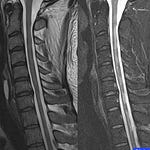

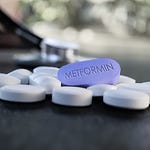
Exercise matters